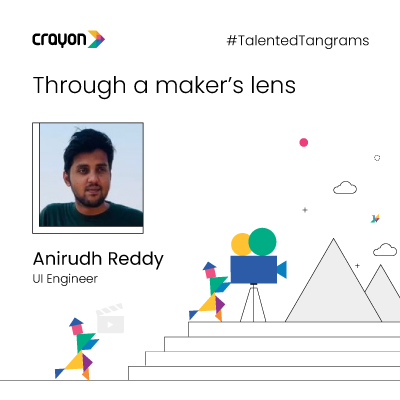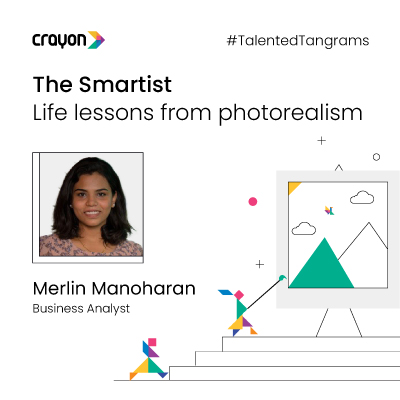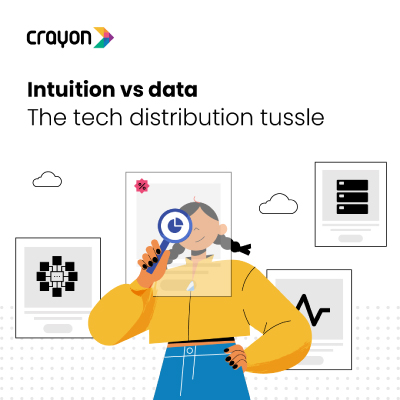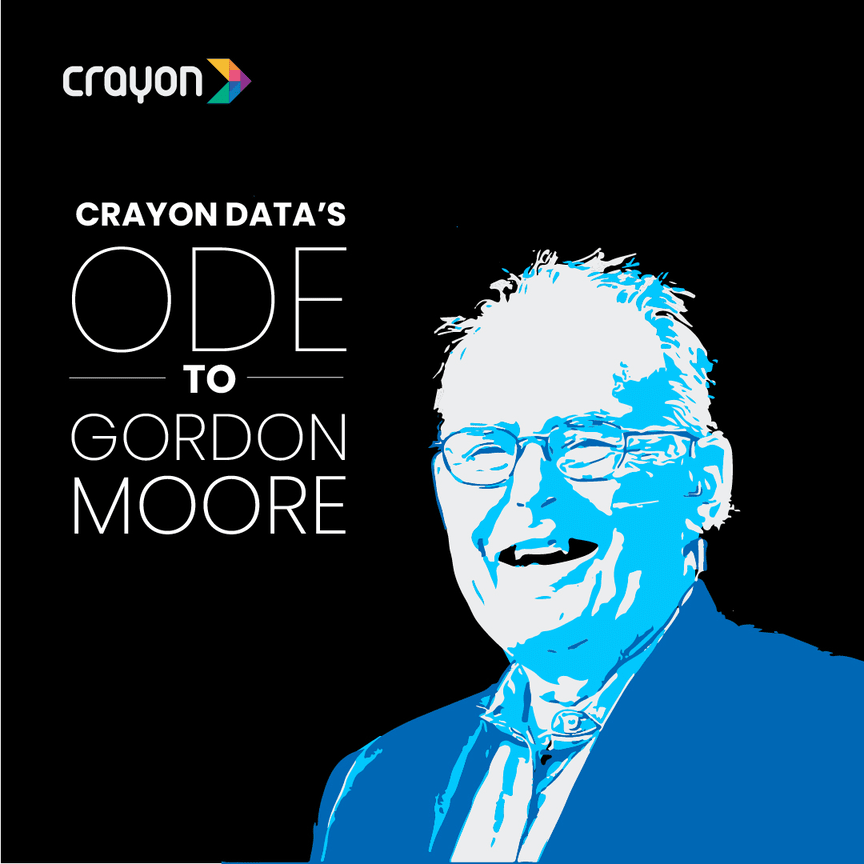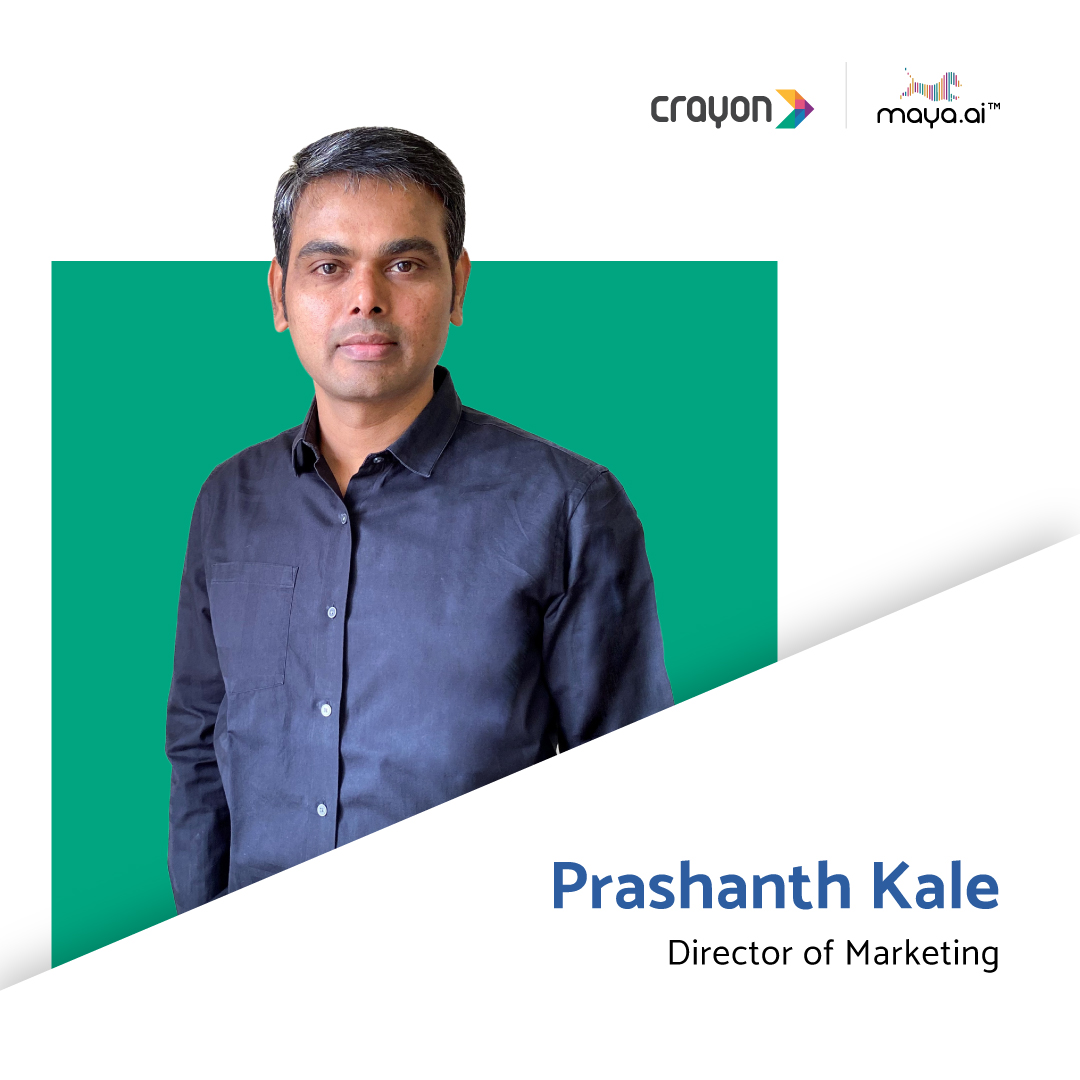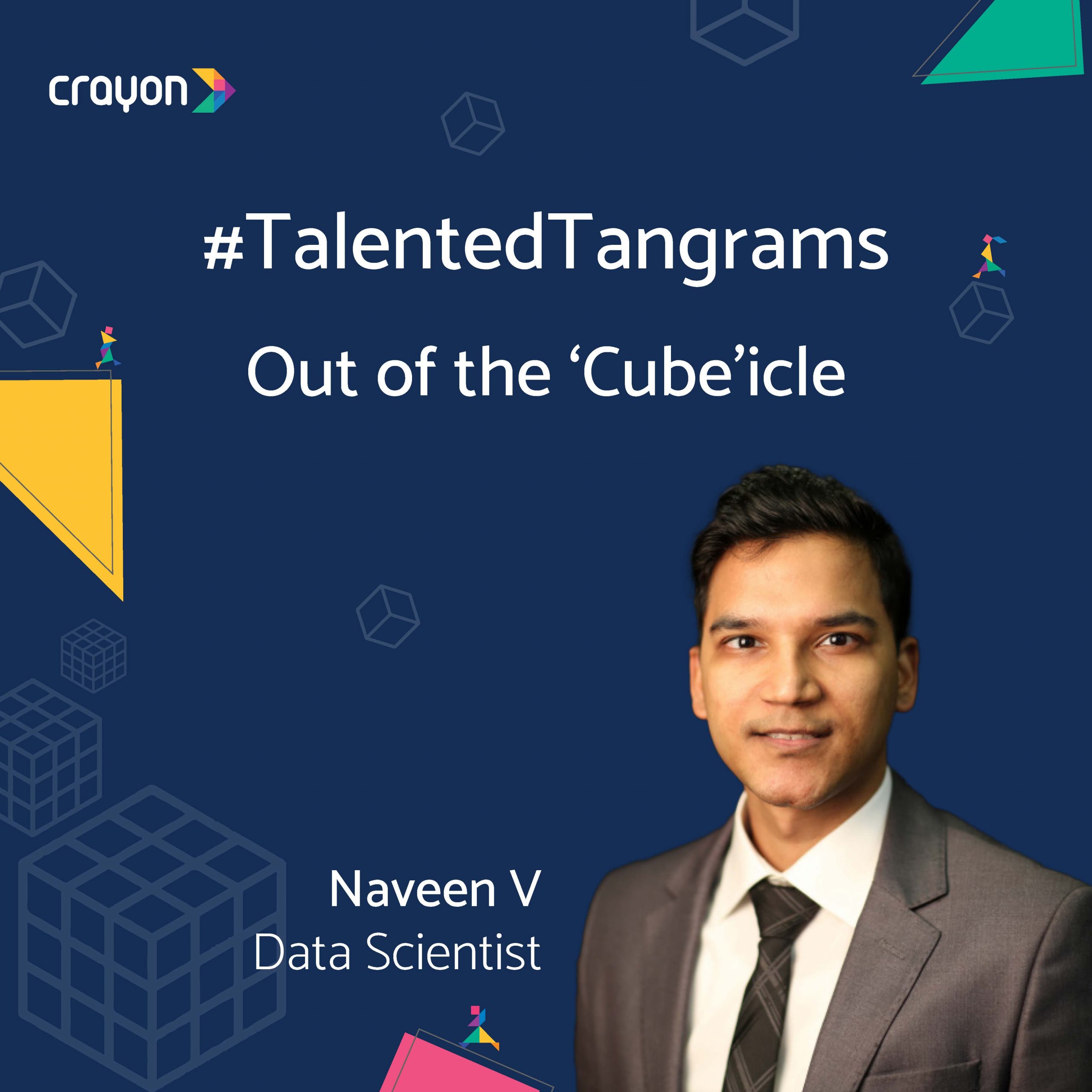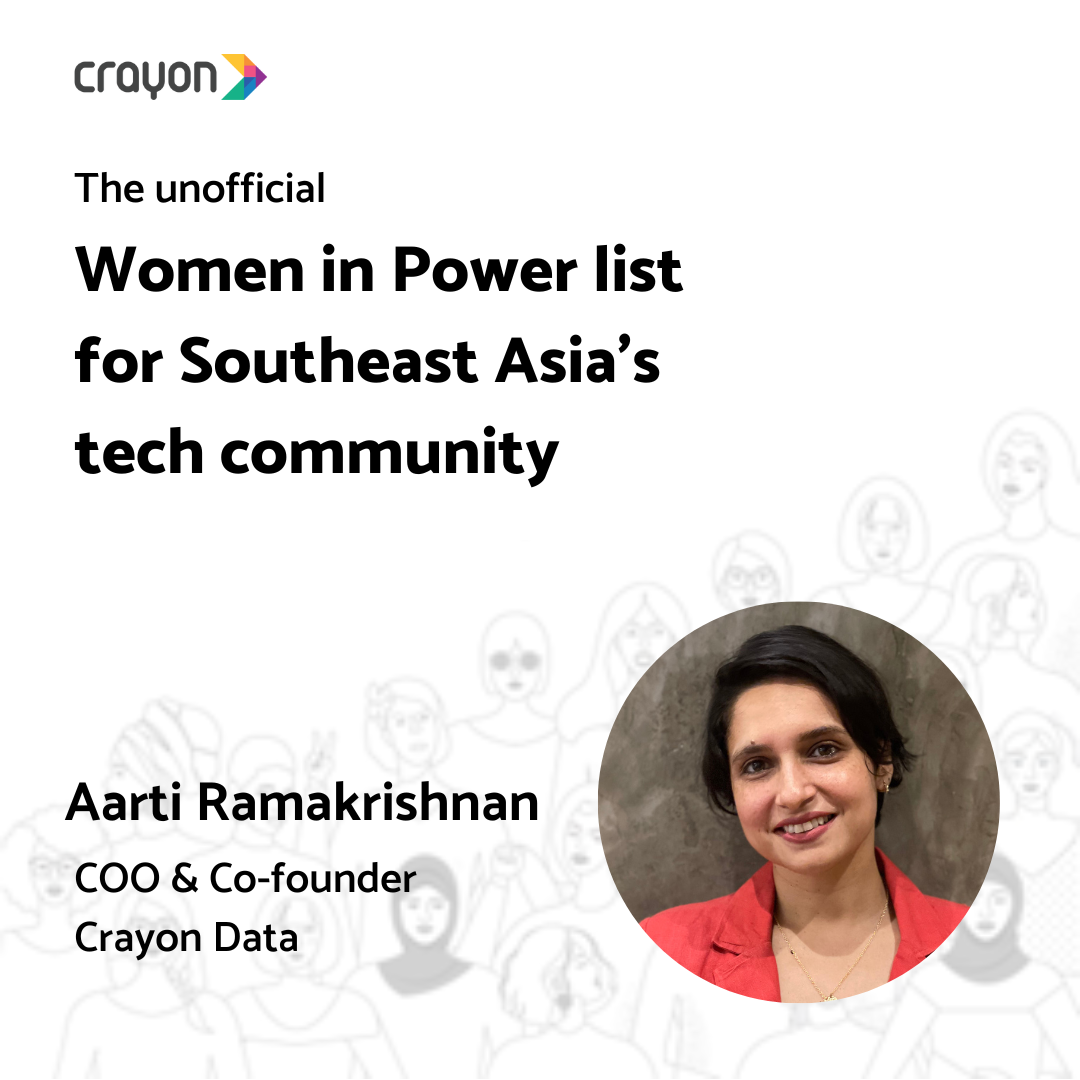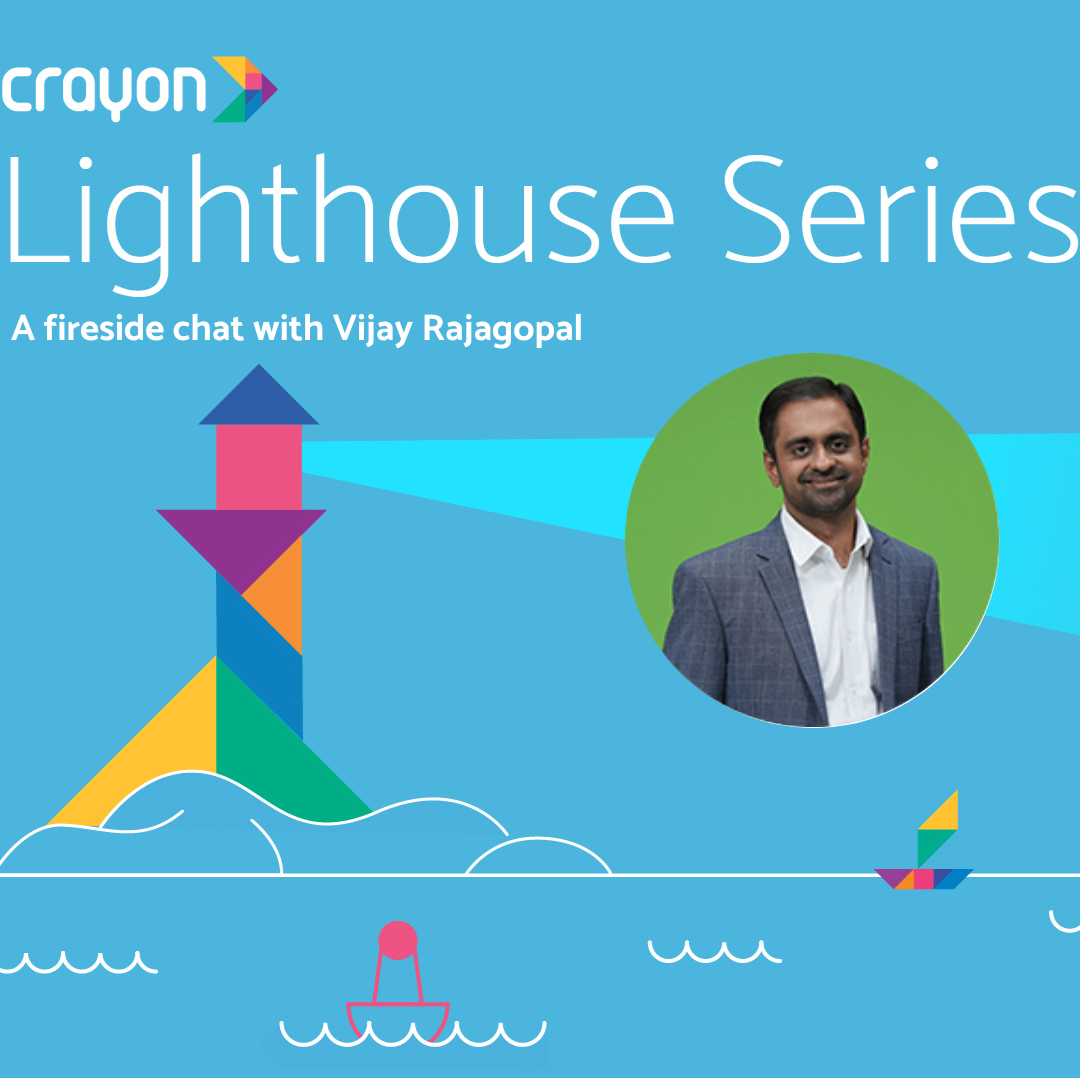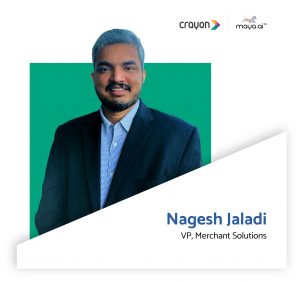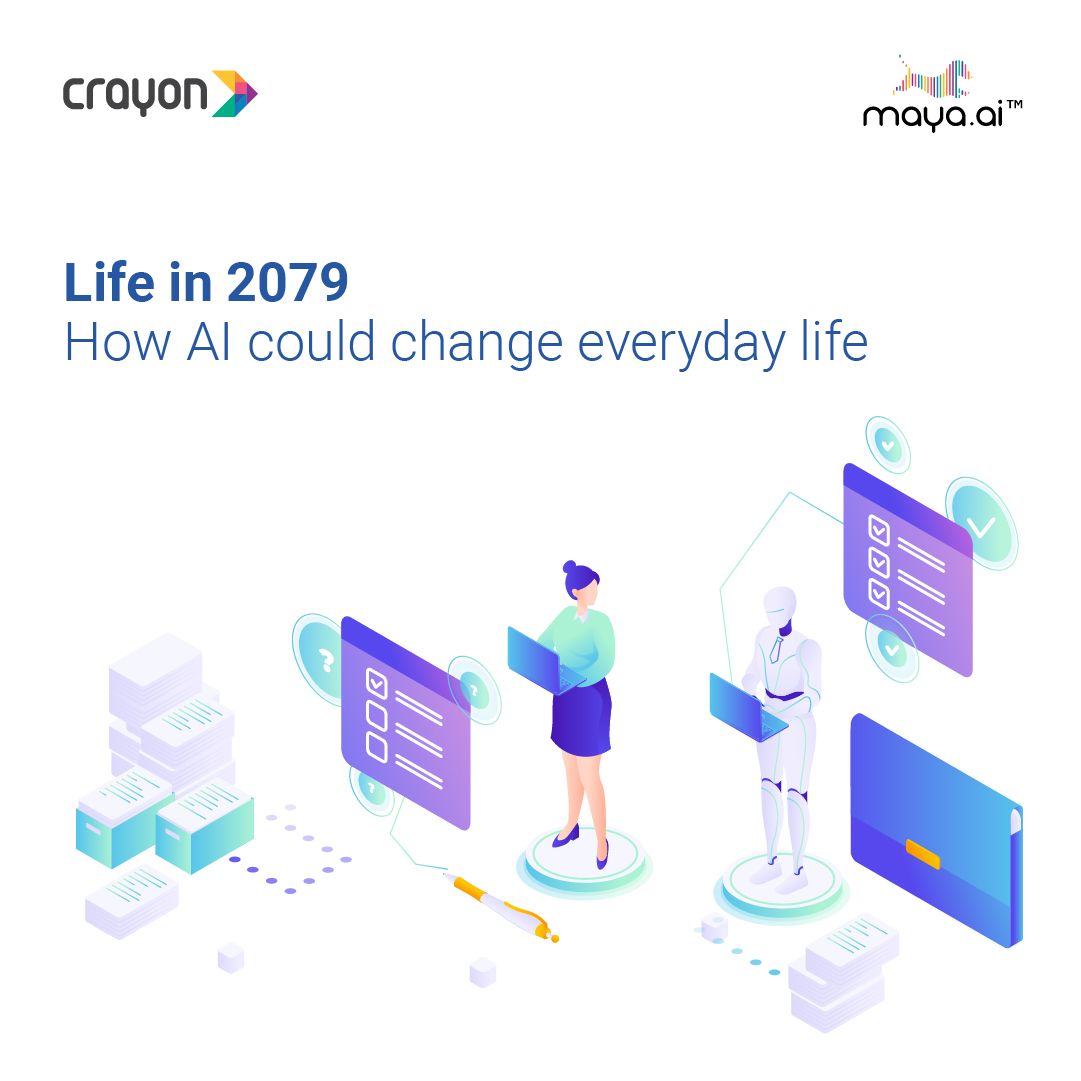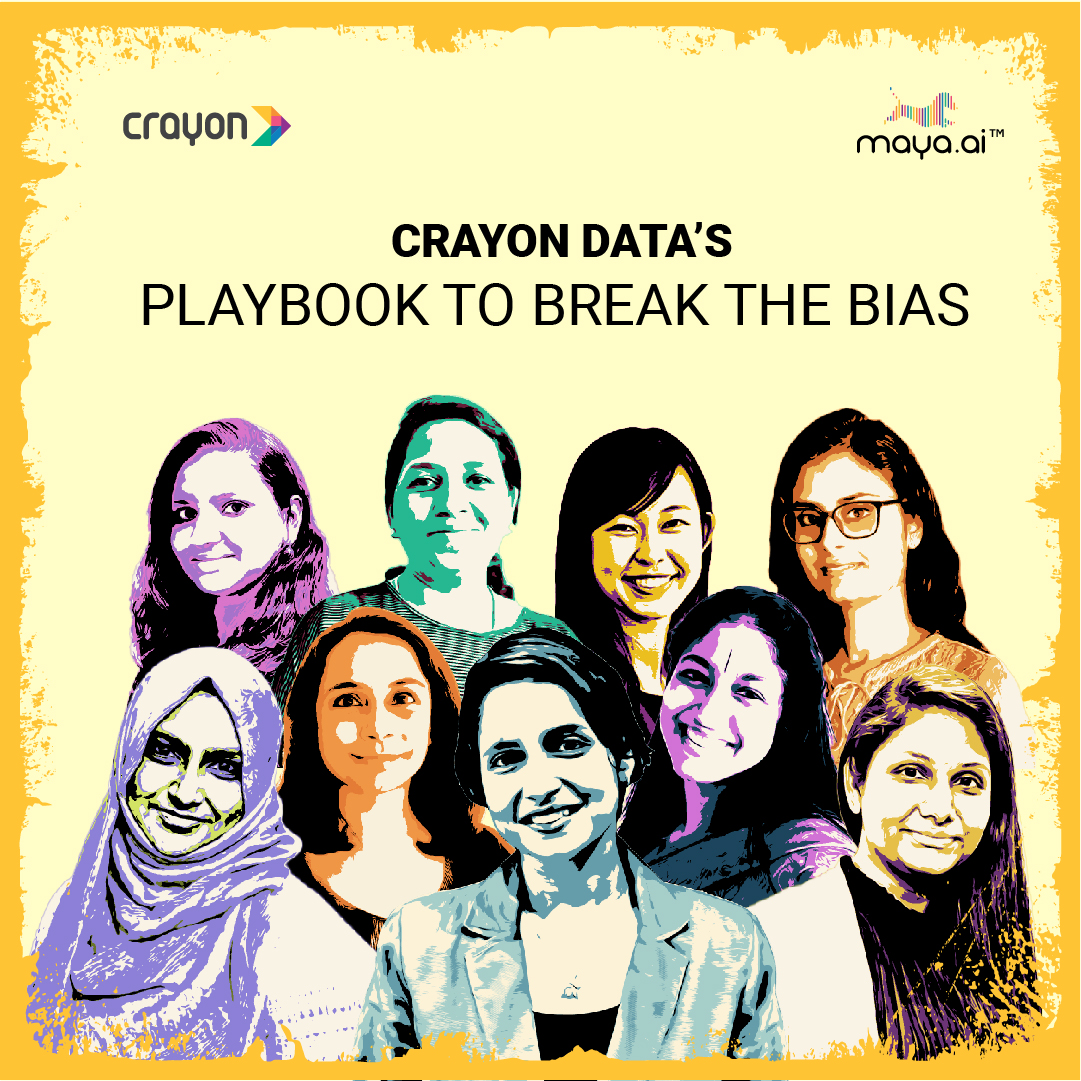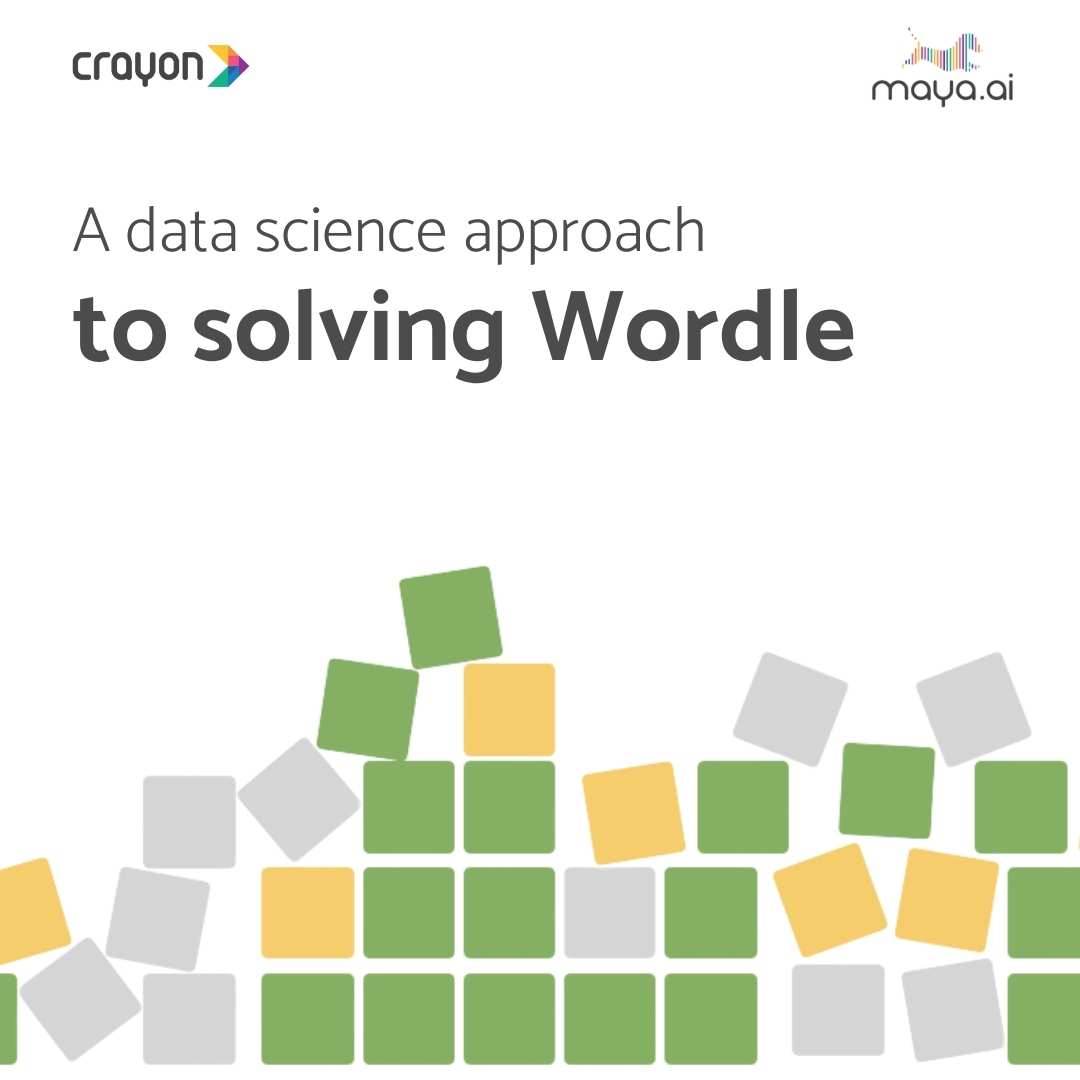‘Partnerships’ has been quite the buzzword in SaaS over the past couple of years. It is imperative to scaling business, and according to Kunal Sharma of Rocketium, “The bigger goal of partnerships is to create an ecosystem.”
The Head of Sales at Rocketium joined the Crayon Data team for a Lighthouse fireside chat. As part of the recently held interactive session, he spoke about building partnerships and selling to large enterprises.
Kunal is an intrapreneur, successful marketer and sales expert, who is currently leading partnerships and sales at Rocketium, a global creative automation platform based out of Bangalore, India. He has a stellar track record of building high growth businesses and leading top performing sales and account management teams across multiple geographies and cultures in APAC and MEA.
Along with his take on partnerships and their impact on SaaS businesses, Kunal also shared anecdotes on selling to large enterprises, best practices in SaaS and sales and partnerships as a career. Here are five key takeaways.
Why pick partnerships
In a startup environment, partnerships can act as a playbook to generate an additional revenue pipeline. While we work on ensuring that the messaging to the customer, prospecting and lead nurturing is done right, companies could also experiment with partnerships to see if they could additionally influence the sales pipeline.
What partnerships look like in a startup
“The bigger goal of a partnership is to create an ecosystem. However, you cannot build one on day zero,” says Kunal. In the initial phases, a partnership should be utilized to
- Generate a pipeline
- Influence deals
- Win over more customers
- Create a joint value proposition
The second stage is when you help them win some deals, take their help to win some deals and formalize the partnership. That’s when you start building your ecosystem. By having the right rapport with people in the market and understanding everyone else’s business use cases.
How to nail your ICP
Building your Ideal Customer Profile (ICP) is not a one-time activity. It’s an iterative process. The first stage is when you build your company from zero to one million dollars. This is when your investors and founders work together to hit the first 1 million revenue figure. You ty to figure out which industries work for you as a product.
The next stage is when you hire junior to mid-level sales team members, and you figure out the following aspects:
- What is the sales cycle
- What are the pain points
- Who are we selling to
- Are we reaching out to the right set of industries
- Can you reach your committed goal
- Is your product able to address problem statements
Create a playbook with all the above answers in hand and keep iterating.
Selling to large enterprises
“For us, maintaining sticky relationships is key to selling to large enterprises, especially banks,” says Kunal. Patience and perseverance are key during this period. It may take a year to get an Infosec approval to access the data. Many companies back out due to long waiting periods. But once you commence, you are in for a long run, he says.
Best practices for sales in SaaS
From his experience, Kunal shared a few lessons for SaaS sales teams:
- Have the right set of companies in your database to target
- Build a base, a playbook that your teams can refer to whenever they’re pitching
- Look at your email open rates and response rates and action on them. Ensure that your team members touch base with prospects across all the channels. Leverage LinkedIn as much as possible
- Don’t be shy to pick up the phone. Once you call that person, you’ve already engaged with him and built out a level of personal rapport. This helps open doors for you to the next conversation
- Most importantly, leverage your network. Don’t shy away from using that to generate leads
For more from our Lighthouse series, head here.
